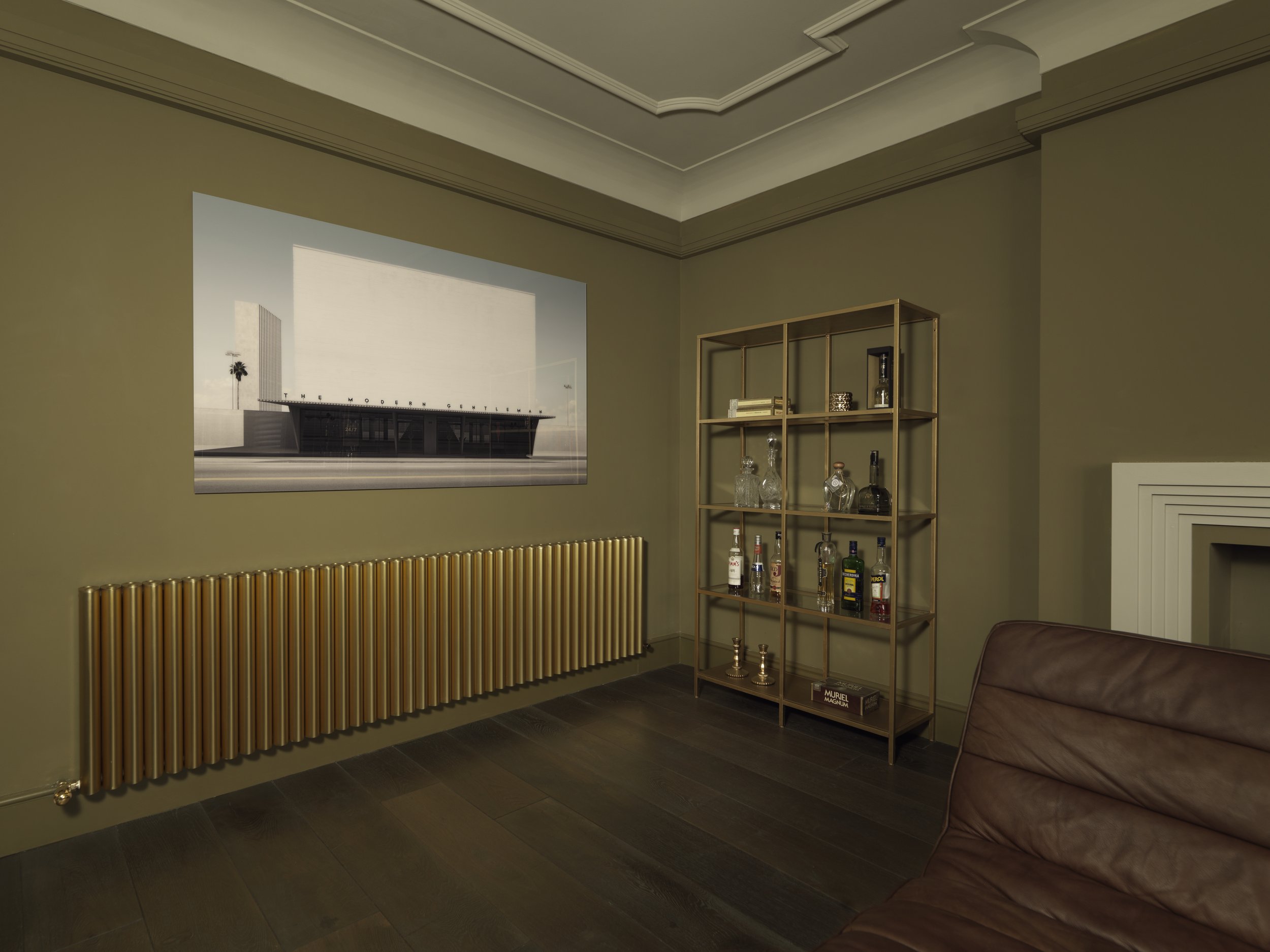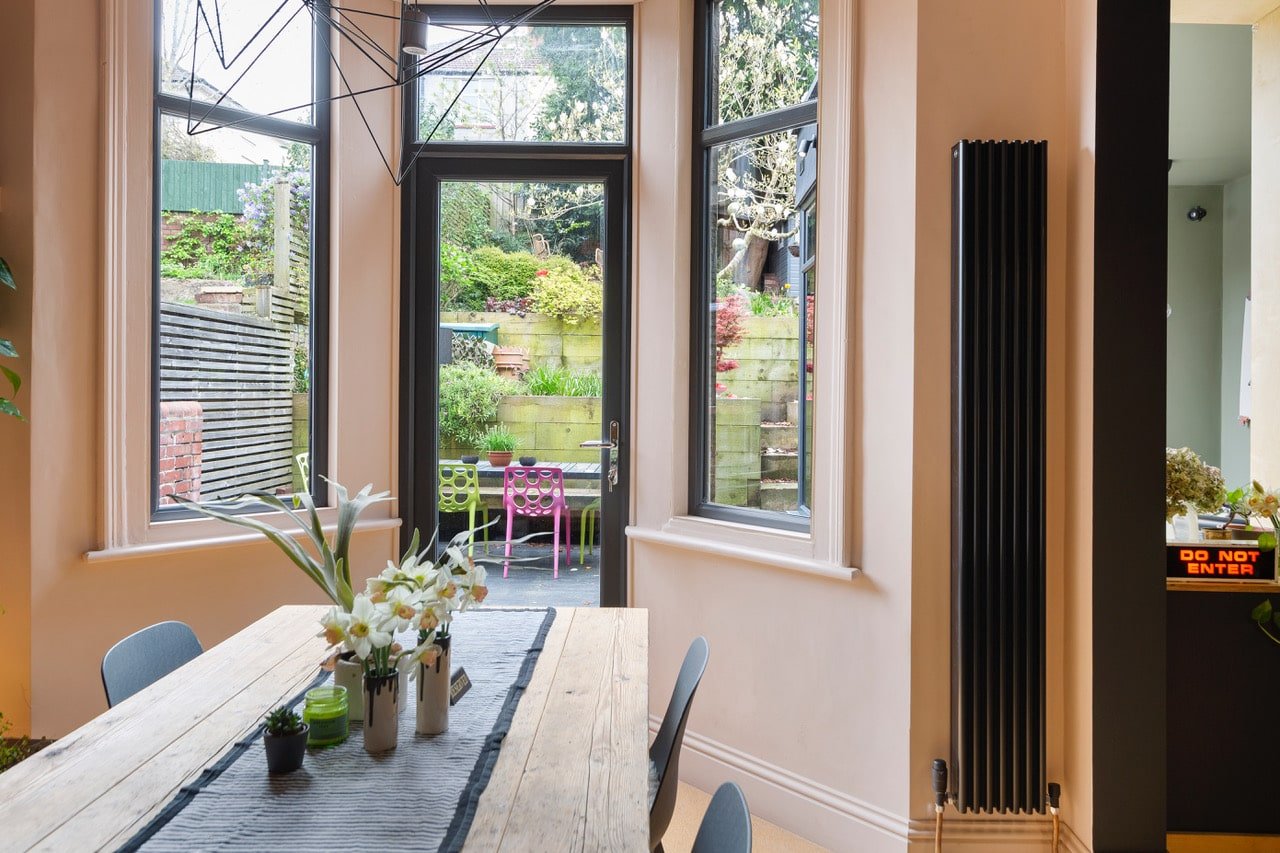Do You Need Low Temperature Heat Pump Radiators?
In the realm of home heating, the evolution of technology brings with it new concepts and solutions. Among these advancements, low temperature heat pump radiators have emerged as a topic of interest for many homeowners looking to improve efficiency and comfort. But the question remains: Do you actually need them? This blog explores the nuances of this technology, its benefits, potential drawbacks, and how it fits into modern home heating strategies.
Understanding Low Temperature Heat Pump Radiators
Before delving into whether you need these radiators, it's crucial to understand what they are. Traditional radiators typically operate at high temperatures, often around 50-75°C, using a boiler to heat water that circulates through them. In contrast, low temperature heat pump radiators are designed to work efficiently with heat pumps, which provide heating at lower temperatures (typically around 20-45°C).
The Science Behind the Technology
Heat pumps are devices that transfer heat from one place to another using a small amount of energy. They can extract heat from the air, ground, or water outside your home and use it to heat your space. The beauty of this technology lies in its efficiency. By operating at lower temperatures, heat pumps can transfer more energy than they consume, making them a highly efficient way to heat your home.
Compatibility with Existing Systems
One of the first considerations for homeowners is the compatibility of low temperature radiators with their existing heating systems. If you're already using a heat pump, these radiators can be a perfect match. However, if you have a conventional boiler, switching to low temperature radiators without changing your heat source may not be as beneficial.
Benefits of Low Temperature Heat Pump Radiators
Energy Efficiency
The most significant advantage of these radiators is their energy efficiency. By operating at lower temperatures, they can make the most of the heat pump’s efficiency, leading to reduced energy consumption and lower utility bills.
Environmental Impact
With a growing emphasis on reducing carbon footprints, low temperature radiators paired with heat pumps offer an environmentally friendly heating solution. They rely less on fossil fuels, thereby reducing greenhouse gas emissions.
Improved Comfort
These radiators provide a more consistent and gentle heat distribution, reducing the hot and cold spots often associated with traditional radiators. This results in a more comfortable living environment.
Longevity and Maintenance
Operating at lower temperatures can reduce wear and tear on the system, potentially increasing the lifespan of both the radiators and the heat pump. Additionally, lower temperatures can mean less maintenance and fewer issues related to overheating.
Potential Drawbacks
Initial Investment
The shift to low temperature heat pump radiators can involve a significant initial investment. Installing a heat pump and replacing existing radiators can be costly, although this cost is often offset by long-term savings.
Retrofitting Challenges
In older homes, retrofitting these radiators can be more challenging. It may require significant alterations to the existing heating system, which can be disruptive and expensive.
Aesthetic Considerations
Low temperature radiators might differ in appearance from traditional radiators, which could be a concern for those with specific interior design preferences. Eskimo’s Column radiators act as an exception to this rule. Available in horizontal and vertical variants, Eskimo’s Column line of radiators is designed to look stunning while providing maximum efficiency even at low temperatures.
Do You Need Them?
Assessing Your Current System
The decision largely depends on your current heating system and your priorities. If you're already using or considering a heat pump, low temperature radiators are a sensible choice to maximize efficiency. For those with conventional boilers, the benefits might not be as pronounced.
Consider Your Climate
In regions with milder winters, low temperature radiators are more effective as they can meet the heating demands without needing to operate at high temperatures. In colder climates, the decision might depend on the efficiency of the building's insulation and the ability of the system to provide adequate warmth.
Long-Term Goals
If reducing your environmental impact and long-term cost savings are priorities, investing in low temperature heat pump radiators can be a wise decision. However, if immediate cost and the hassle of retrofitting are major concerns, you might want to explore other options.
Conclusion
Low temperature heat pump radiators represent a forward-thinking approach to home heating, aligning with modern trends of energy efficiency and environmental responsibility. Whether you need them depends on a variety of factors, including your current heating system, climate, and long-term goals. As with any significant home improvement decision, it's important to weigh the pros and cons and consider your specific situation before making a choice.
In summary, while not a one-size-fits-all solution, low temperature heat pump radiators offer a compelling option for many, blending efficiency, comfort, and eco-friendliness. As we continue to move towards more sustainable living, technologies like these will play an increasingly important role in our homes.



